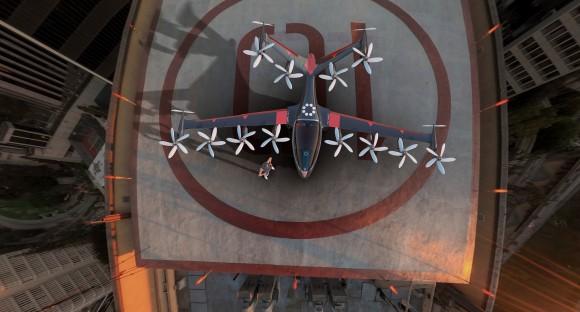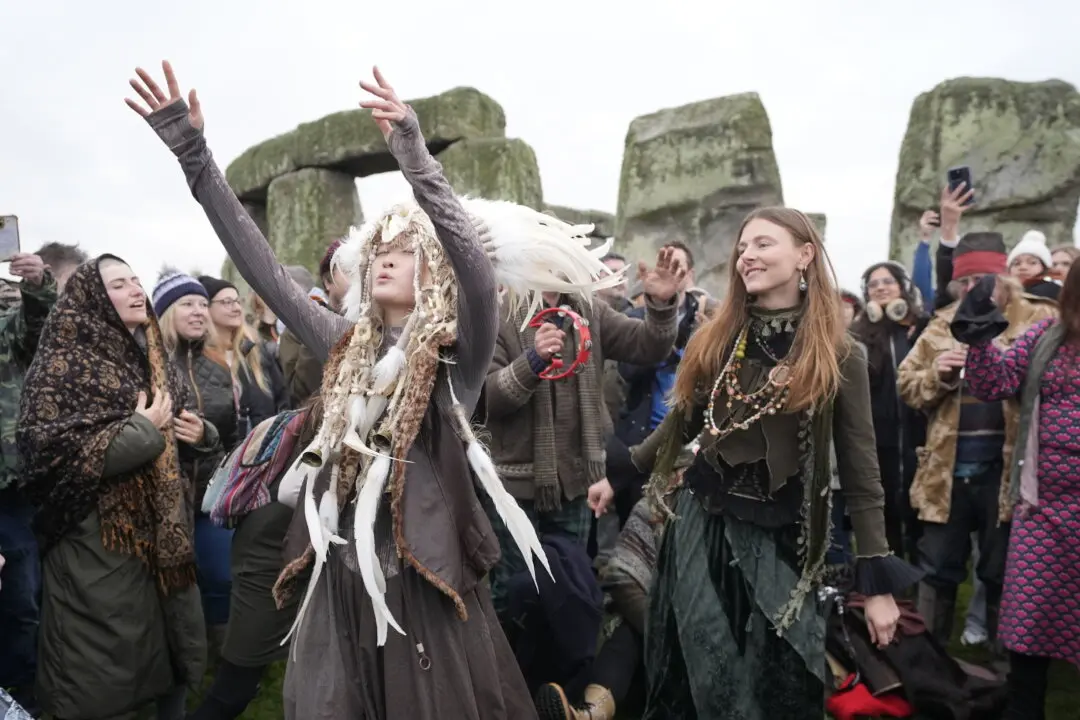WASHINGTON—Even before George Jetson entranced kids with his cartoon flying car, people dreamed of soaring above traffic congestion. Inventors and entrepreneurs have long tried and failed to make the dream a reality, but that may be changing.
Nearly a dozen companies around the globe, including some with deep pockets such as European aircraft maker Airbus, are competing to be the first to develop a new kind of aircraft that will enable commuters to glide above crowded roadways. A few of the aircraft under development are cars with wings that unfold for flight, but most aren’t cars at all. Typically they take off and land vertically like helicopters. Rather than a single, large main rotor, they have multiple small rotors. Each rotor is operated by a battery-powered electric motor instead of a conventional aircraft piston engine.
It’s no sure bet that flying-car dreams will turn into reality. There are many obstacles, including convincing regulators that the aircraft are safe, figuring out how to handle thousands of new low-flying aircraft over cities without collisions and developing batteries that will keep them aloft long enough to be useful.
But entrepreneurs are moving forward. They see a vast potential market for “air taxis” and personally owned small aircraft to transport people from the fringes of metropolitan areas to city centers as urban areas grow more congested and people spend more time stuck in traffic. They envision tens of thousands of one or two-person flying taxis delivering passengers to the rooftops of office buildings in city centers and other landing pads during rush hours.
“In as little as 10 years, products could be on the market that revolutionize urban travel for millions of people,” said Zach Lovering, the leader of Airbus’ project to develop an autonomous flying taxi called the Vahana. The name means the mount or vehicle of a Hindu deity.






